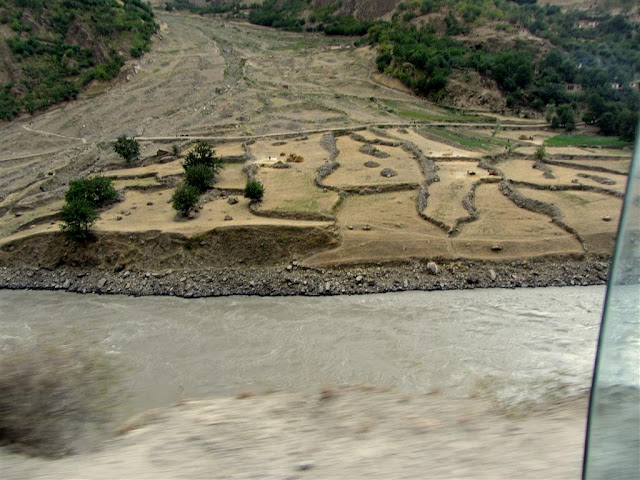 |
| Sergey "Scout" |
Flying out of Melbourne late at night I settled in to what was going to be a long flight through China to start another adventure. This time I was heading for Tajikistan to participate in a seed collecting mission for ICARDA (International Centre for Agriculture Research in Dry Areas) made famous in Australia by the ABC documentary, “The Seed Hunter” featuring Dr Ken Street.
On a previous visit during my Nuffield studies to ICARDA, I met up with Ken who invited me on a seed hunt into Tajikistan. He has always been keen to have an Aussie grain grower along; I couldn't let that opportunity pass me by to travel through the mountains of the Pamirs collecting wheat, barley, peas and anything else that may be of interest to the mission team.
I flew with China Southern and although I had some doubts about the airline it all went smoothly. I met up with one of the team members, Stephen, in Urumqi who was part of a media team that were writing an article on the trip. Together we arrived in Dushanbe four hours before the main team.
As we had to have our visas given to us on arrival and there was no one in the administration office at one in the morning (can't blame them for that) we had to wait it out until the rest of the crew arrived from Istanbul. It was at this time a strong looking Russian guy with arms like tree trunks introduced himself as our guide and interpreter. Sergey, better known as “Scout” to his friends, works at the Vavilov Research Institute in St. Petersburg, Russia.
In the end we all got our visas to start our adventure into the Pamirs.

 Using Khorog as a base we made our way up the Shakheera (Sharkdara) Valley where we had to walk across a cable bridge to get to a small village. During the visit we found an unusual wheat that looked more like a two row barley. The farmer only had a little of the seed but told us it came from further up the valley. Jose Piggin, our travelling expert, felt it was some type of old world wheat or a land race. That's the problem with genes; you just don't know what's inside.
Using Khorog as a base we made our way up the Shakheera (Sharkdara) Valley where we had to walk across a cable bridge to get to a small village. During the visit we found an unusual wheat that looked more like a two row barley. The farmer only had a little of the seed but told us it came from further up the valley. Jose Piggin, our travelling expert, felt it was some type of old world wheat or a land race. That's the problem with genes; you just don't know what's inside.














































